Have you ever been confused between the terms Cilantro and Culantro? Don’t worry, you are not alone. Those who are unfamiliar with the herb culantro may mistake it for cilantro, or sometimes they may think of it as a typographical error as they sound almost the same.
So, how are they both any different from each other? Are they interchangeable, or is there a geographical difference?
Due to their powerful flavors, the two herbs listed are both utilized in culinary activities. These two herbs may appear the same to many, yet there are many differences between them.
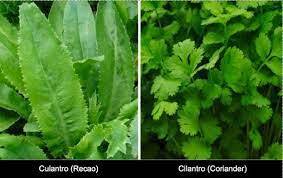
What is Culantro?
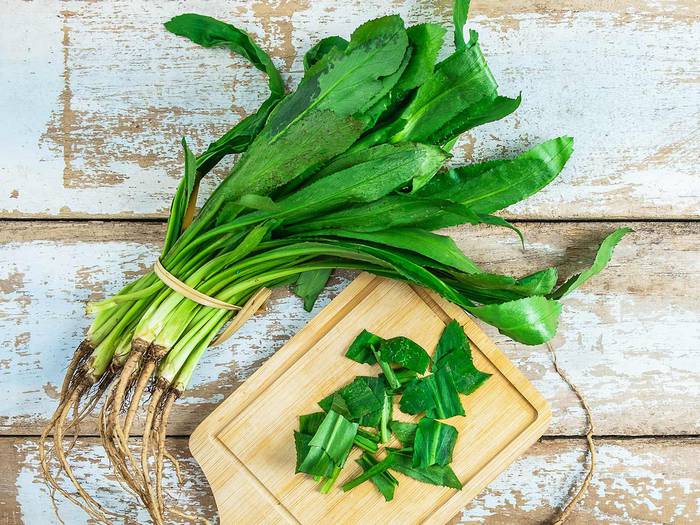
Culantro is a biennial plant that grows in Central and South America as well as the Caribbean. It is a popular ingredient in the Caribbean, Latin American, and Asian dishes. The plant is also often found around farmed areas with thick soils and along damp or shady paths. Culantro is a heat-resistant alternative to cilantro.
Calcium, iron, and phosphorus are abundant in culantro. It contributes to the production of blood and the strengthening of bones.
What is Cilantro?
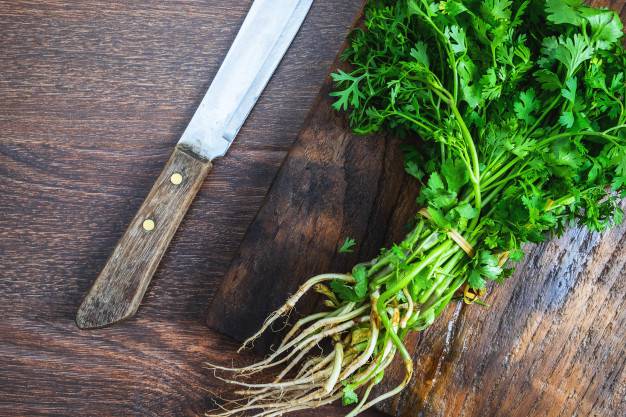
Cilantro is a biennial plant that grows in Southern Europe, Northern Africa, and Southwestern Asia. It is used worldwide. Cilantro thrives in light, well-drained, rich loam or sandy soil, but it can grow in a range of soils as long as nutrient levels and moisture are maintained in check. It has a zesty but earthy flavor that is milder and more subtle than culantro.
Cilantro is high in vitamin C, provitamin A, and vitamin K, as well as potassium and manganese. It decreases anxiety, promotes sleep owing to its calming effects, and lowers the risk of heart disease.
Culantro VS Cilantro
Although they almost taste the same, culantro has a stronger flavor with sweet undertones as compared to cilantro.
Although both Cilantro and Culantro are green-leaved herbs, their appearances are different.
Raw cilantro has a great flavor. On the other hand, Culantro has a stronger flavor when cooked rather than raw.
Cilantro is effective as a treatment for mouth cancer, toothaches, and the removal of toxic elements such as mercury and aluminum from the body. Culantro has been used for medical reasons at home since olden history. Asthma, cleansing, pain medication, and foul breath are among the other medical uses.
The main differences between Culantro and Cilantro are listed below.
Culantro has a stronger flavor than cilantro.
Culantro has a pungent aroma and citrusy flavor. It’s a lot stronger than cilantro. Because it is so intense, you may want to use less of it in your meal to avoid overpowering the flavor of the original dish. It tastes best when added while the meal is still cooking, as it releases all its flavors.
Cilantro has a much milder flavor than culantro. While it is still raw, It may be used to garnish meals and add a unique and fresh flavor to the meal.
Cilantro is a smaller herb with a distinct appearance.
Cilantro leaves differ from culantro leaves in appearance.
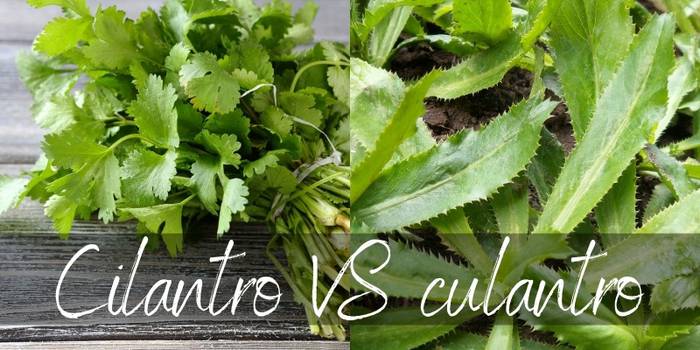
Resembling like parsley leaves, cilantro leaves are short and lacy. If you have seen parsley leaves, you must have an idea of how cilantro leaves look. It grows in a bunch and has a structure like that of a tree. Also, its leaves rise a few inches above the ground.
Culantro leaves are much longer and spiky much like a dandelion. The serrated margins of the leaves allow them to stand erect.
Culantro leaves are stiffer than cilantro leaves.
Despite their dissimilar appearances, culantro and cilantro are botanical relatives, which explains why they taste so comparable.
Culantro is perennial, Cilantro is annual.
Cilantro is an annual herb rather than a perennial. It self-seeds, and if seeds aren’t gathered, extra plants may sprout the next year.
Culantro is perennial and will reappear from the same shoot for many years. As a result, it is recommended not to remove all the leaves. Allow the immature, tiny ones to grow larger so that the plant can expand more.
If you have a lot of any of these two herbs, they can be dried and preserved. This way, it will not be thrown away. Or, chop the herbs and keep them in an airtight jar in the fridge.
Can cilantro be substituted for culantro?
Because of their many different characteristics, as described above, people use them in a variety of cuisines as per the need.
What if you do not have any culantro on hand?
To achieve the same intense flavor, use a big quantity of cilantro for the culantro.
But what if you don’t have cilantro and have culantro?
You may use a small amount of culantro and add it to any meal that calls for cilantro, so that it does not overwhelm the flavor of the dish while still providing the appropriate flavor.
Culantro and cilantro, in general, perform quite similar functions in different cuisines. You may change one for the other or avoid them if you do not like them.
How to use them?
The leaves are the desired part of the culantro plant for cooking, thus removing the unwanted section before cooking.
As previously said, these two herbs complement each other and can be substituted for one another if one is unavailable.
Cilantro is recognized throughout Mexico and North America, particularly in the southern regions where Mexican food is influenced. Guacamole, salsa, and different salads and tacos are all known for their use of cilantro.
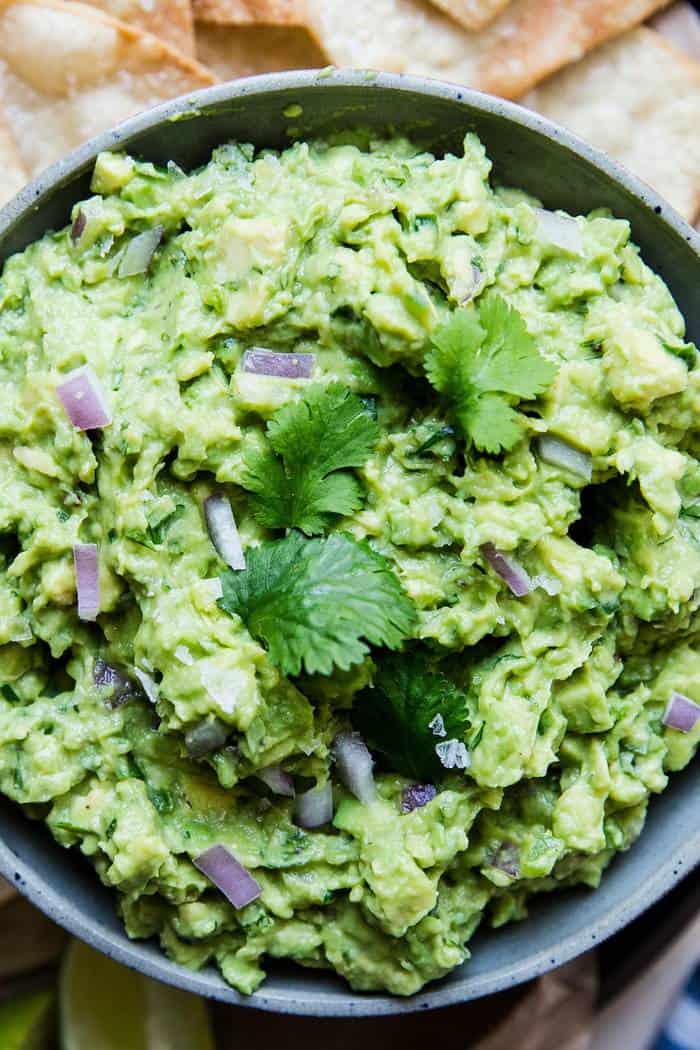
Culantro is particularly popular in Southeast Asia, Malaysia, and Singapore, where it is often combined with or substituted for cilantro and served on the topping of soups, noodle meals, and curries.
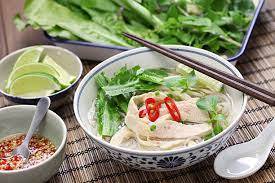
Culantro is most linked in Latin America with the cooking method of Puerto Rico, where dishes familiar to many Latin countries are enriched with culantro.
Usually, leaves are plucked out from cilantro, and then chopped or used to garnish as it is.
Whereas, Culantro, a pointy edge is cut off and main leaves are used in the meal.
Cilantro is eaten and used while it is raw but culantro is preferred when it is cooked, to enhance the flavor.
Conclusion
Despite its widespread use in the Caribbean, Latin America, and the Far East, culantro is confused with and mislabeled as cilantro. I hope you now know the difference between the two. From the shape of its leaves to how to add to your cuisine. How culantro is much stronger than cilantro and both can be or used by taking note of the quantity. Both the herbs are an excellent addition to the dish and can elevate the taste and aroma of the dish.
